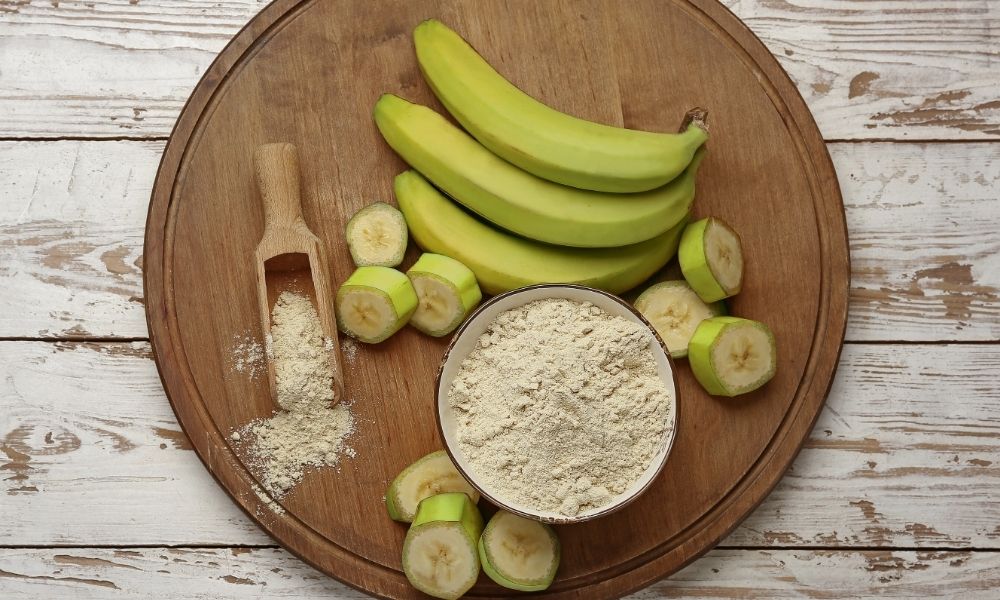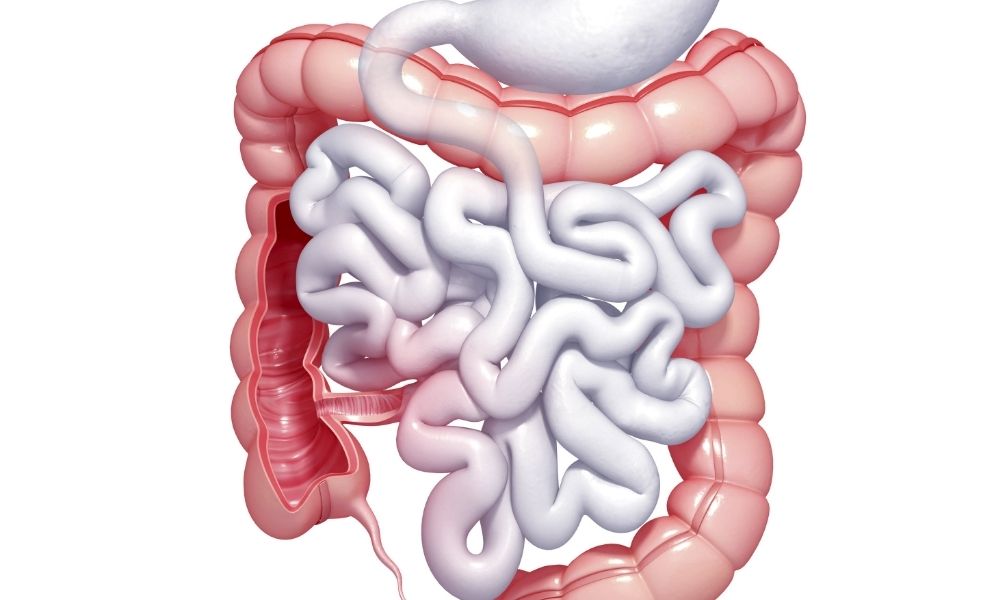Food Quality Index: the NOVA system and its implications for health
It is well known that good eating habits are one of the most important ways to promote health, and that diseases such as hypertension, type 2 diabetes, obesity and hypercholesterolemia share a common factor – the diet – more specifically the consumption of industrialized food. The way we produce and eat our food has been […]
Food Quality Index: the NOVA system and its implications for health Read More »











